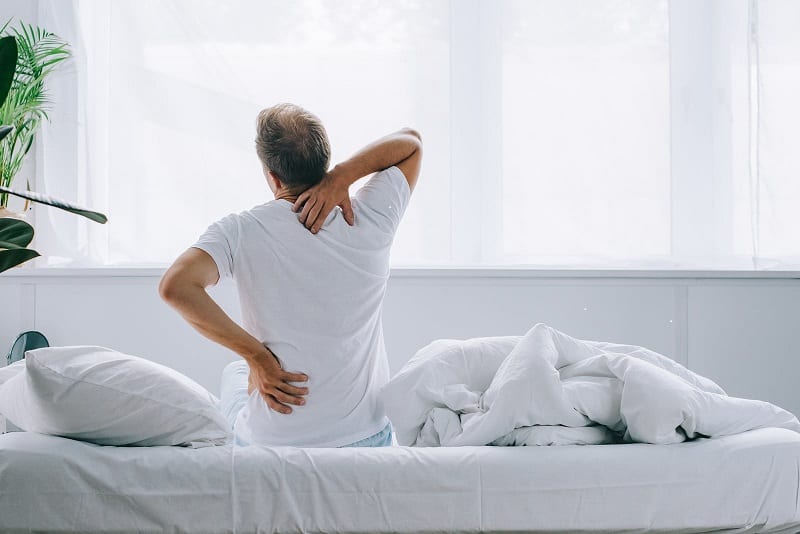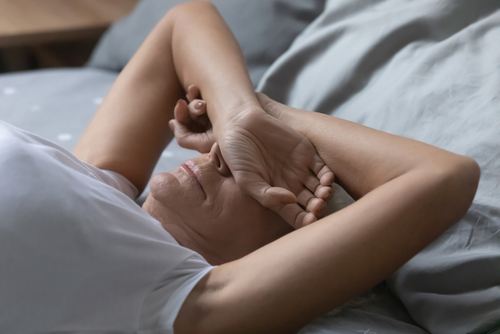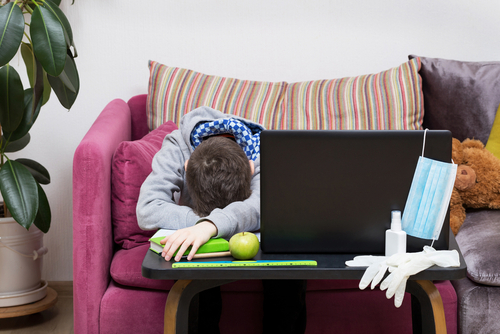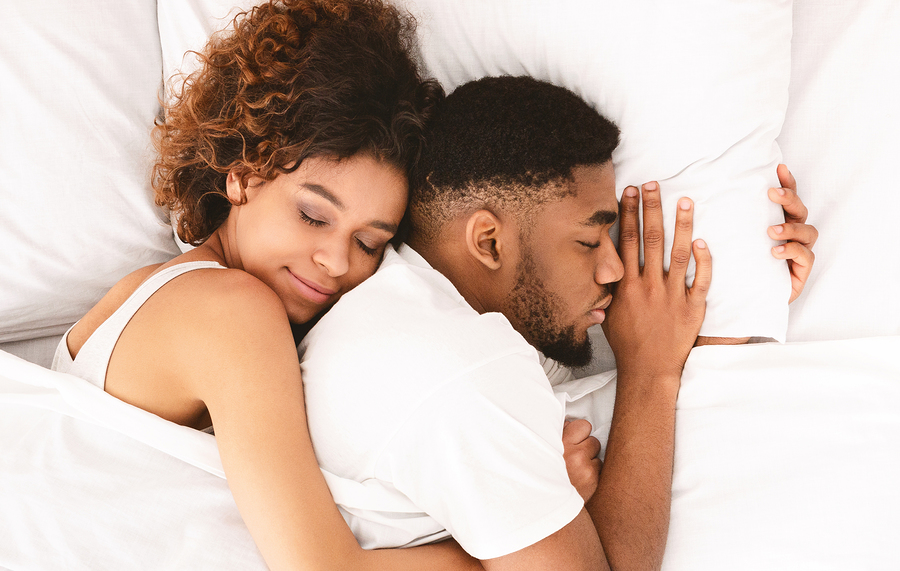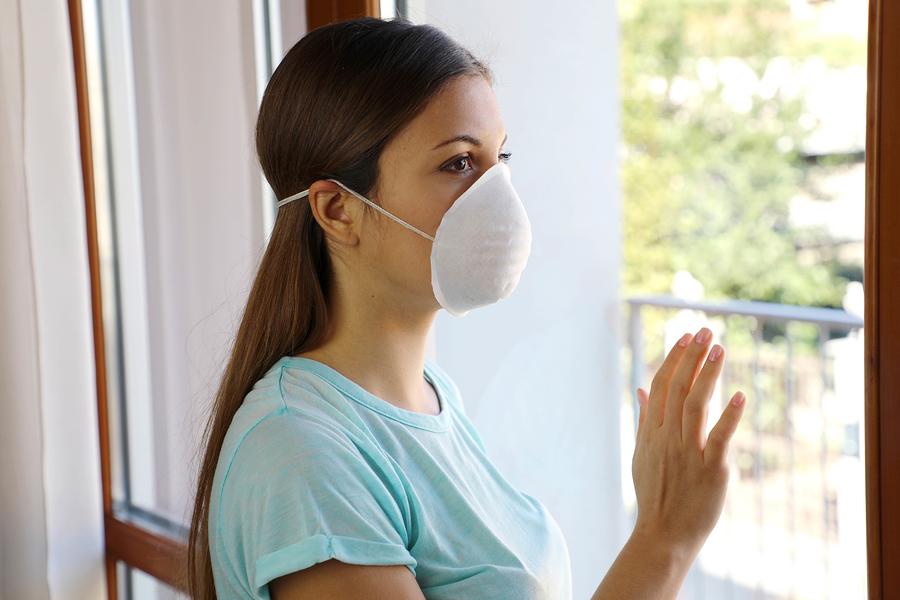Back pain can be hugely disabling affecting both daily routine and sleep especially amongst older adults. Given that our quality and quantity of sleep tends to reduce as we get older, interruptions to sleep from lower back and neck pain can often be the tipping point into long term insomnia.
Top ten tips
Here are my top ten tips on what to do if you suffer from back pain at night, and it’s keeping you awake, and thus affecting your sleep.
1) Visit your GP or Osteopath
Even if it feels like you are complaining about nothing, get medical help and support. Your Gp will be able to tell you if it is a serious back issue or not. This alone will help you manage the pain as you will know what is going on rather than ‘wondering’ what the cause is. Even better visit an osteopath, if you can afford it. Osteopaths specialise in treating lower backs and during the initial consultation can usually instantly provide treatment.
2) What makes things better or worse ?
Being in pain itself causes local changes to the tissues, through ‘neuro-peptides’ which are trying to heal the tissue, but can cause complications, on top of the original injury when around in the local area too long in chronic conditions. Whilst this sounds obvious do more of what relieves the pain and less of what aggravates it. this in itself becomes a treatment.
3) Hot or Cold?
The general rule of thumb is that long-term achy, muscular lower back pain responds well to long term heat (one hour plus) applied to the muscles, whilst acute injuries (which inflame) and nervy pain, such as sciatica which shoots down the leg can often be reduced by very short term cold (two to three minutes) on the spin itself. As we older however, it seems that the body responds better to heat than cold. Heat pads bought from the chemist or microwavable wheat bags are often a great way relieve persistent muscle spasms in the short term before you get a chance to see a health care professional. Also try using an electric blanket to heat your bed before you get into it, although never leave it on through the night as we need a decrease in core body temperature to allow us to get into deep sleep.
4) Try turning your mattress
If your mattress is feeling lumpy, or a spring pocking through it might be time to consider a new one, especially if current one is over ten years old and if your back-pain increases at night. If the mattress is seems sound however, try turning your mattress as it might be that the fillers have stopped working by being pushed to the edges of the mattress, rather than supporting your body-weight at night. If you have a traditional ‘none-turn’ mattress it should be turned at least once a month. ‘None-turns’ should be rotated every two weeks or so.
5) Typical lower back pain
Basic, typical lower back pain is often felt first and made worse by sitting for long periods and getting up from the seated position. This is because our muscles get used to the seated posture and then are loaded in a different, stressful way, when we stand up, out of this fixed, stiff position. If you have this sort of back pain, avoid sitting for long periods, and use a back support or small cushion in the lumbar area at the bottom of your back when sitting. Also, when getting out of the chair use your leg muscles by keeping your head up straight, and looking ahead. This alone will stop a lot of back muscle spasms.
6) Knee hugs in bed
If you also feel stiff first thing in the morning when you first wake up (before you get out of bed) bring one knee up to your chest at a time, holding for a count of ten. This is done with your back supported on your mattress and head on your pillow. Gently pick your leg up from under the knee and hold for a count of ten. Then repeat the other side. Do ten of each for ten seconds. Then get out of bed gently and have a hot shower or bath to get your muscles relaxed.
7) Neck pain and pillows
As we get older our choice of pillow naturally gets more important as our neck stiffens. For side sleepers find a medium firm pillow which supports your neck to keep it in alignment with the rest of your spine. For back sleepers avoid the temptation to use high pillows which then shorten the muscles at the front of the neck. For those who sleep face down, and often don’t need a pillow, neck pain often becomes a regular problem as the neck can’t cope as easily with being twisted at night. If this is you, learn to lie on your side to sleep as it will save you a lot more pain. The aim of neck posture at night is to keep your neck and spine in neutral as much as possible when asleep by using pillows which keep your muscles relaxed but in a posture where your head remains centred over your natural centre of gravity, should you be standing up.
8) Natural Remedies
Night-time aches can be helped with the spice Tumeric, also available in tablets and tincture which is a great natural anti-inflammatory. Bromelain from pineapple is good too, so is eating garlic, ginger and onions. I also like Lavender as a night-time relaxer
9) Cut back on inflammatory food
This includes tea and coffee, which are also diuretics and lose needed water from the body. Alcohol and red meat are also things to consider reducing and eliminating whilst you are in pain. Try to support your recovery with more fresh fruit and vegetables and fish. This would increase your level of anti-oxidants and essential nutrients which are involved in the healing process.
10) Don’t nap too late in the day
If you need a nap to catch up on your sleep lost from the night before always stop napping after 4pm. Napping after this time could affect your ability to sleep later on, and become part of a problem of insomnia rather than a top-up to lost sleep.


